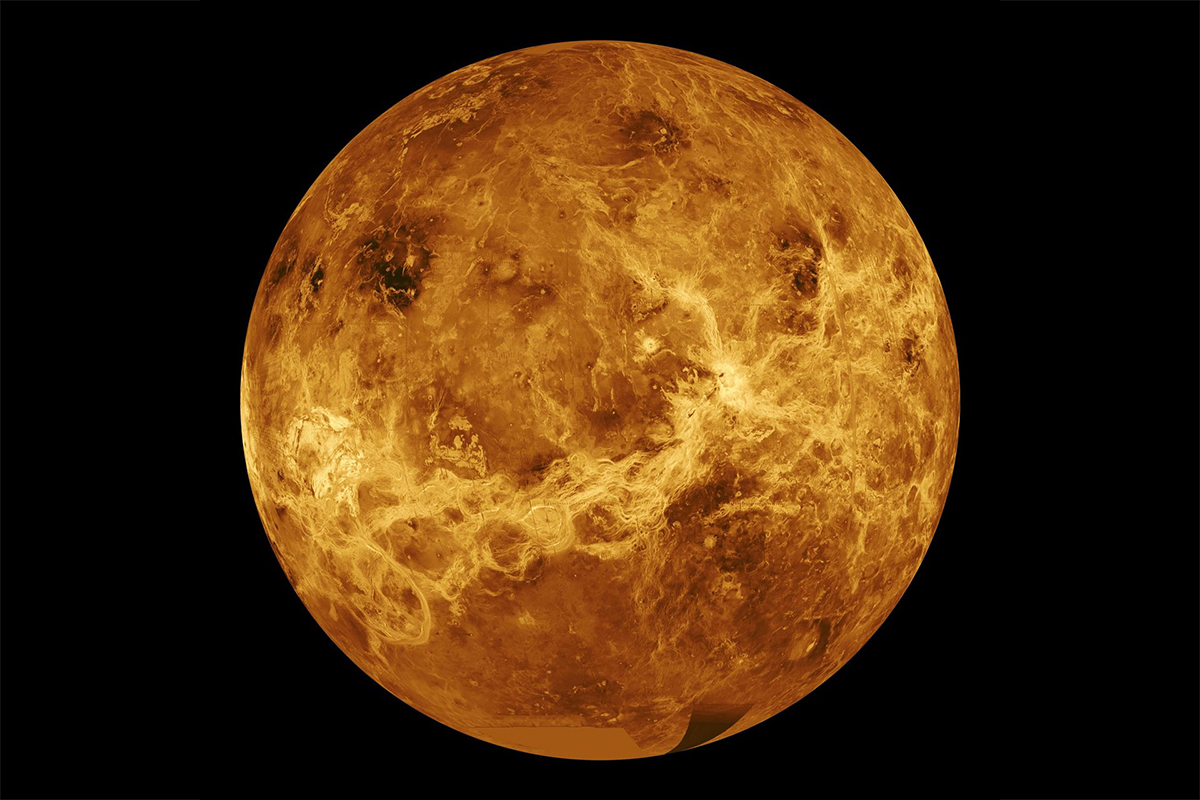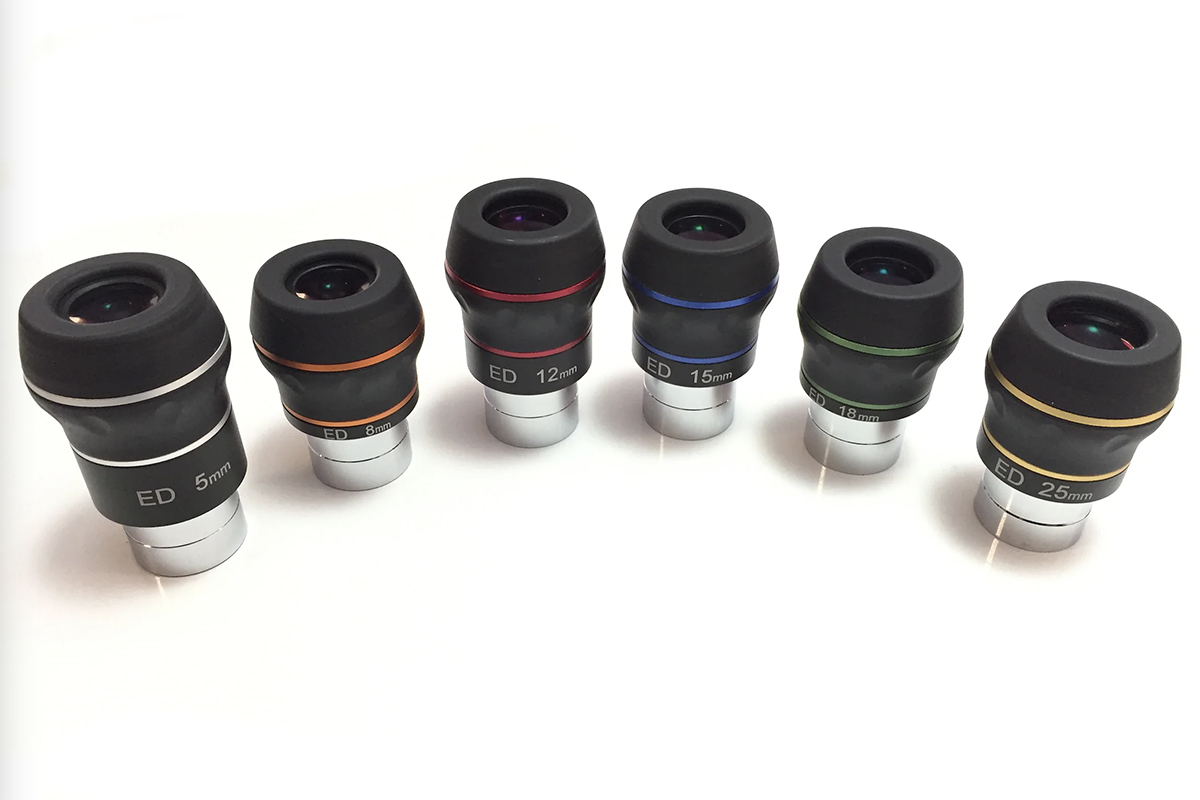Neptune
Located 4,497 million kilometers away, Neptune is the eighth planet in its distance from the Sun and is the fourth in size. The interior structure of Neptune is probably similar to that of Uranus. Studies suggest the existence of a rocky core whose size is several times the size of the Earth, surrounded…



